Have you ever wondered why some dogs leap into a group of strangers with wagging tails, while others hide behind their owner’s legs? The answer often lies in the temperament of their breed. This isn’t just about how cuddly or energetic a dog is—it’s about the secrets hidden deep within their lineage, shaping every joyful greeting, wary glance, and playful romp. Dog lovers everywhere are discovering that understanding a breed’s temperament is the key to unlocking not only a happier pet, but also more harmonious relationships with humans and other animals. Let’s dive into the fascinating world of canine personality and uncover how a dog’s breed truly shapes its social skills.
The Roots of Temperament: Nature or Nurture?
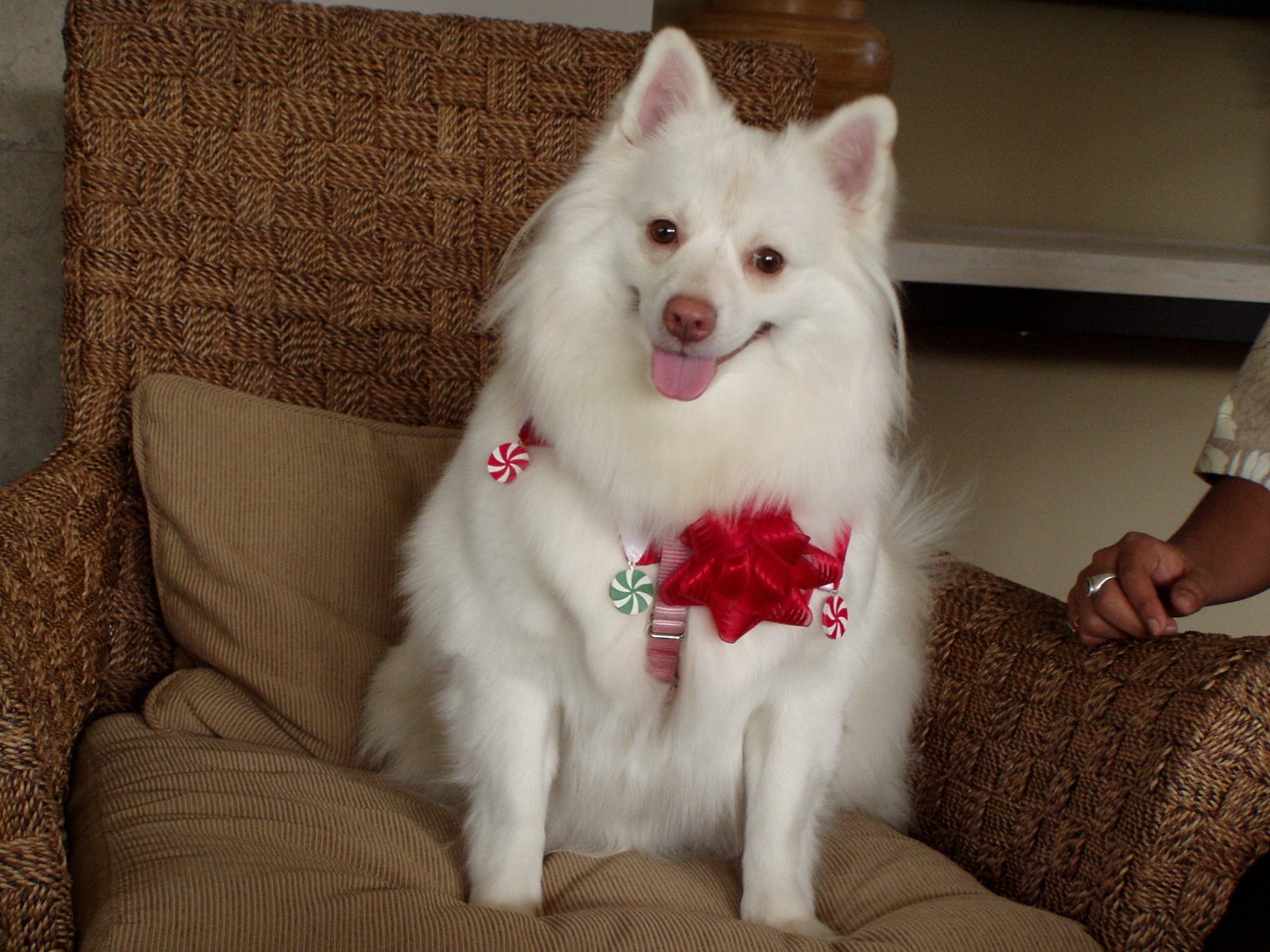
When you look into a dog’s eyes, you’re seeing centuries of history reflected back. Temperament is a blend of genetics and environment. While every dog is unique, much of a dog’s personality comes from what they were bred to do. For instance, herding breeds like Border Collies were selected for their intelligence and focus, while retrievers were bred for friendliness and cooperation. Nurturing plays its part, too—puppies raised in social, loving environments tend to be more outgoing. Still, some shy or bold tendencies are simply in their DNA. This age-old debate between nature and nurture is especially vivid in our canine companions, making each breed’s social skills both predictable and surprising.
Friendly Faces: Breeds Known for Outgoing Natures
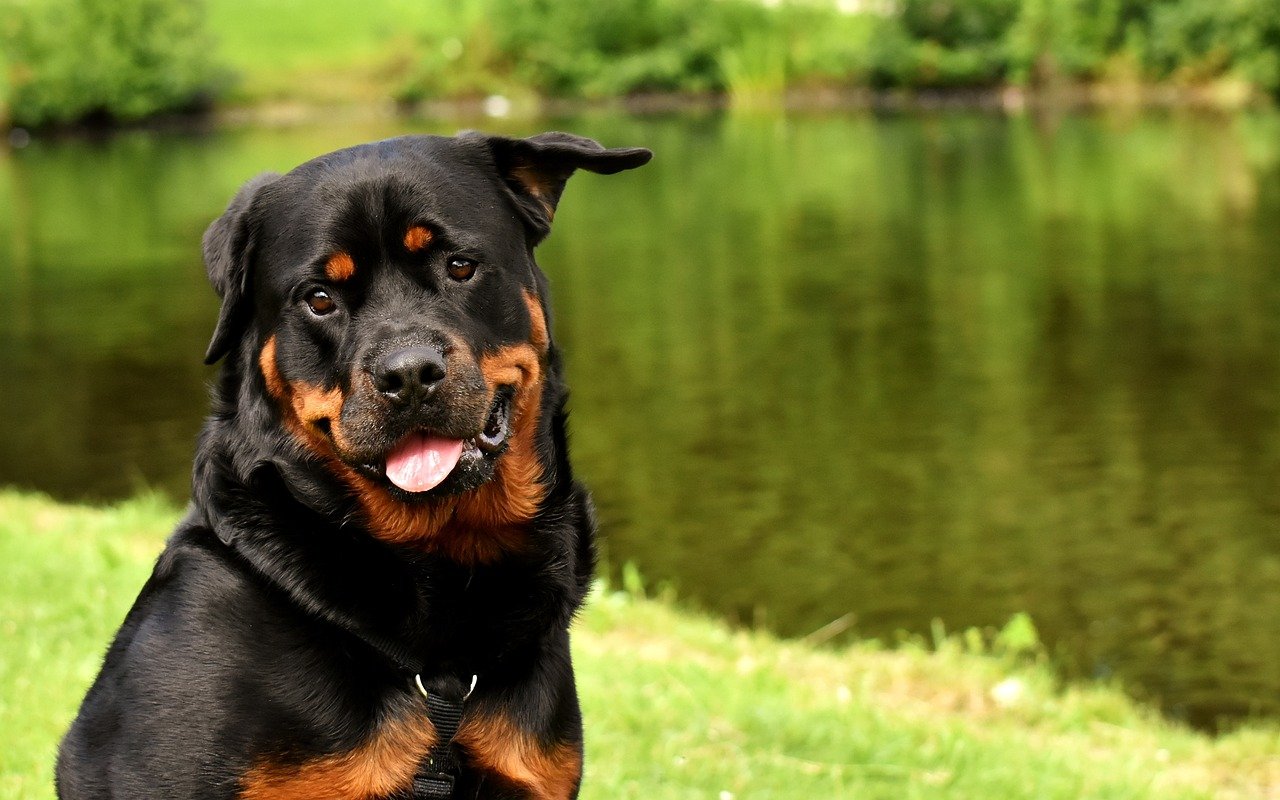
Some dogs are born to be social butterflies. Breeds like Labradors, Golden Retrievers, and Beagles are famous for their friendly disposition. These dogs tend to thrive in busy households and love meeting new people and pets. Their natural curiosity and lack of fear make them the life of the party at the dog park. Owners of these breeds often find themselves greeted with wagging tails and eager noses, whether they’re coming home from work or just stepping out for the mail. It’s no wonder these breeds are popular choices for therapy and assistance work—they genuinely enjoy making connections.
Reserved and Watchful: The Guardians Among Us

Not every dog is eager to greet strangers. Breeds like the Akita, German Shepherd, and Chow Chow were bred for guarding and protection. Their temperament leans toward caution and loyalty, which means they often take time to warm up to new faces. These dogs are deeply devoted to their families but may seem aloof or suspicious around outsiders. This wariness isn’t a flaw—it’s a trait that made them excellent protectors throughout history. For these breeds, trust is earned slowly, and their social interactions are thoughtful and deliberate.
Small in Size, Big in Attitude: Toy Breeds’ Social Traits
Don’t let their small stature fool you—toy breeds like Pomeranians, Chihuahuas, and Shih Tzus often have larger-than-life personalities. These dogs can be both charming and feisty, sometimes displaying a boldness that surprises even seasoned dog lovers. Their confidence can make them quite social in familiar environments, yet they might be wary around strangers or larger dogs. Owners often notice their little companions acting as “tiny watchdogs,” quick to alert them to anything unusual. The social skills of toy breeds often depend on early socialization and gentle handling, as their size can make them feel vulnerable.
Working Breeds: Team Players or Lone Wolves?
Working breeds such as Siberian Huskies, Boxers, and Dobermans were developed to perform specific jobs, often alongside humans or other dogs. This history has created dogs with strong bonds to their people, but also an independent streak. Huskies, for example, are famously social with both dogs and humans, valuing group harmony as they once did in sled teams. Boxers are playful and affectionate, thriving on interaction. Some working breeds, however, like the Alaskan Malamute, may prefer more independence, shaped by their roles as solitary workers. Understanding these nuances helps owners foster the right social environments for their loyal companions.
Herding Instincts: Social Skills With a Twist
Herding breeds like Australian Shepherds, Shetland Sheepdogs, and Corgis have a unique approach to social life. Their instinct is to organize and control the movement of others, which can lead to amusing (and sometimes exasperating) behaviors like herding children or other pets. These dogs are intelligent and eager to please, making them quick learners in social situations. However, their high energy and alertness can sometimes make them wary of unfamiliar experiences. Proper training and early socialization are crucial for channeling their instincts into positive social behaviors, making them delightful companions when their needs are understood.
Sporting Breeds: Enthusiastic Connectors
Sporting dogs, including Spaniels, Setters, and Pointers, are renowned for their zest for life and love of teamwork. These breeds were developed to work closely with humans in the field, creating a natural bond with people. Their social skills shine in group settings, whether they’re playing fetch, participating in dog sports, or simply hanging out in the backyard. Sporting breeds tend to be adaptable, getting along with a wide range of people and other animals. Their outgoing nature makes them wonderful family pets, provided they get plenty of exercise and attention.
Terriers: Spirited and Independent Socializers
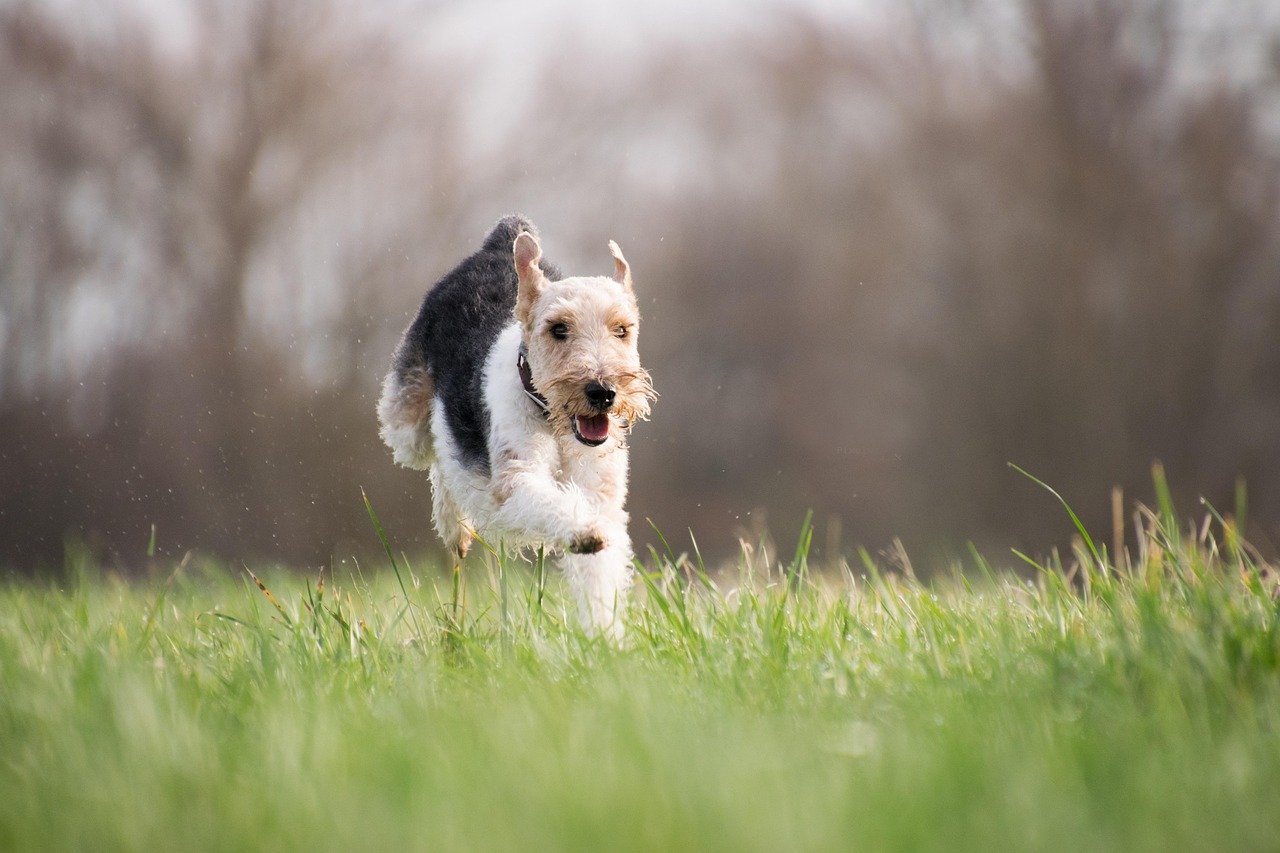
Terriers such as Jack Russells, West Highland White Terriers, and Bull Terriers are known for their lively and determined attitudes. These breeds were bred to hunt and chase, requiring bravery and independence. In social settings, terriers can be bold and sometimes stubborn, often taking charge of group play. Their high energy can make them a handful for inexperienced owners, but their loyalty and affection are unmatched. While some terriers are naturally friendly, others may be territorial or wary of unfamiliar dogs. Early and consistent socialization helps channel their enthusiasm into positive interactions.
Hounds: Laid-Back Companions With Unique Social Needs
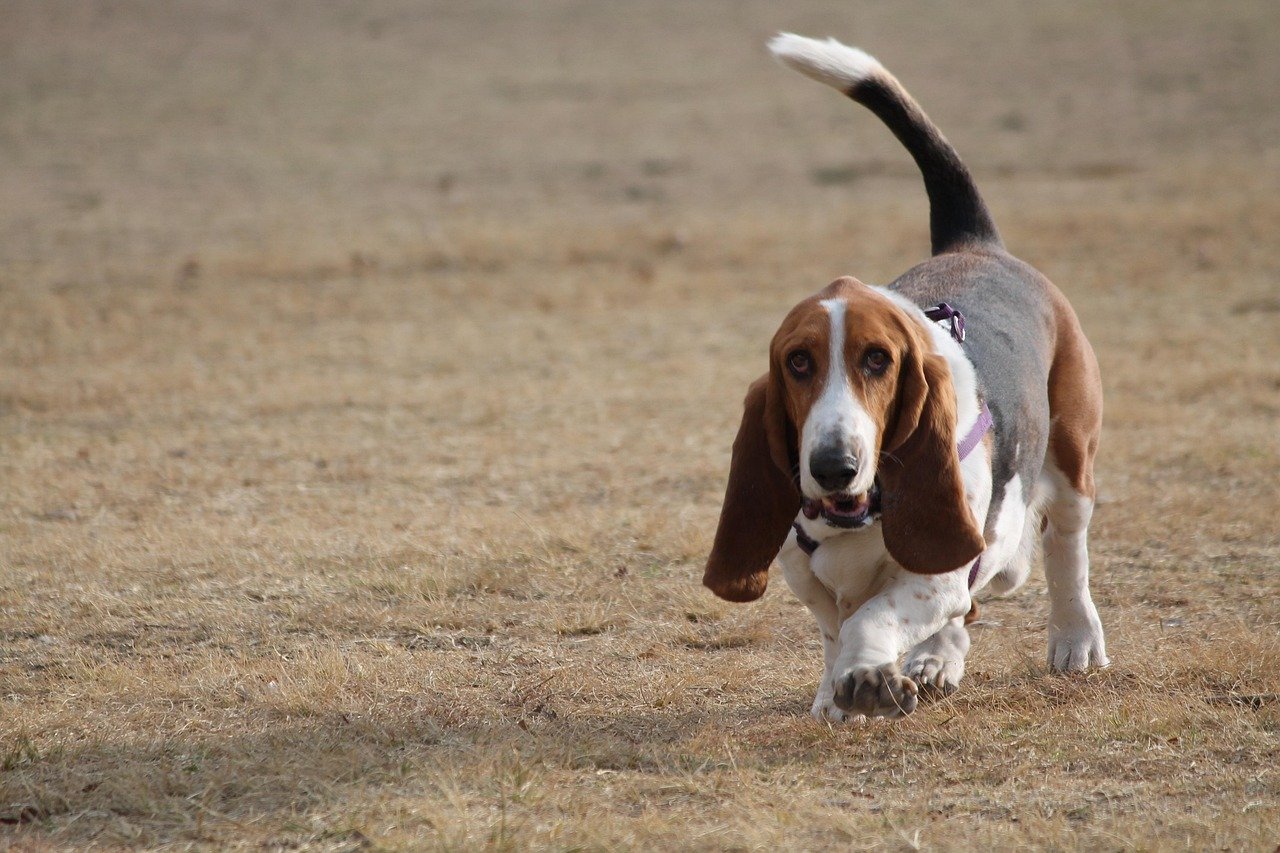
Hounds, including Beagles, Basset Hounds, and Greyhounds, offer a wide range of temperaments but often share a laid-back attitude. Scent hounds like Beagles are sociable and outgoing, while sight hounds like Greyhounds can be more reserved. Hounds were bred to work in groups, which often translates to good social skills with other dogs. However, they can be single-minded when following a scent or sight, sometimes ignoring social cues in favor of their instincts. Understanding these quirks helps owners support their hounds in building positive relationships both at home and at the park.
Companion Breeds: Born to Bond

Some dogs were bred purely for companionship, such as Cavalier King Charles Spaniels, French Bulldogs, and Pugs. These breeds thrive on human interaction and often form strong bonds with their families. Their easygoing temperament makes them ideal for households with children or elderly members. Companion breeds are typically affectionate, adaptable, and eager to please. They may be less assertive than working or guarding breeds, but their social skills shine in relaxed environments. Owners often remark on their dogs’ intuitive sense of mood, offering comfort and warmth when it’s needed most.
The Importance of Early Socialization
No matter the breed, early socialization is vital for developing healthy social skills. Puppies exposed to a variety of people, animals, and environments are more likely to grow into confident, well-adjusted adults. Breeds with shy or reserved temperaments especially benefit from positive early experiences. Socialization helps prevent fear-based behaviors and builds trust between dog and owner. Simple activities like puppy classes, playdates, or walks in busy parks can make a world of difference. The earlier and more often a puppy is introduced to new experiences, the more likely they are to become a friendly and adaptable companion.
Matching Breed Temperament With Your Lifestyle
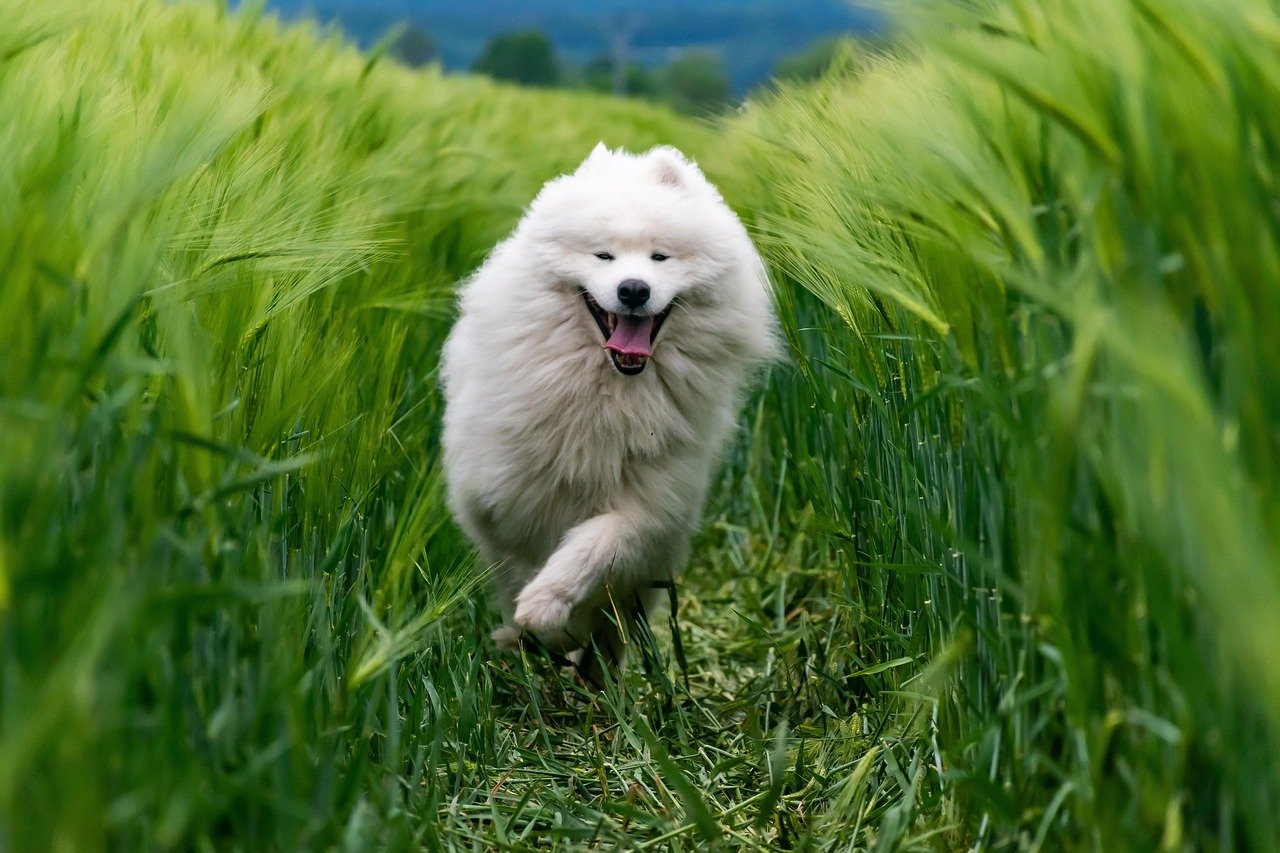
Choosing a dog isn’t just about looks or size—it’s about finding a temperament that fits your life. Energetic breeds may thrive in active households, while calm companions are perfect for quieter settings. Families with children often do well with breeds known for patience and friendliness, while experienced dog owners may enjoy the challenge of a more independent or protective breed. Understanding a breed’s typical temperament helps set realistic expectations and ensures a happy partnership. When a dog’s social needs align with their environment, their true personality blossoms, creating a bond that’s both joyful and lasting.
How Temperament Affects Training and Social Growth
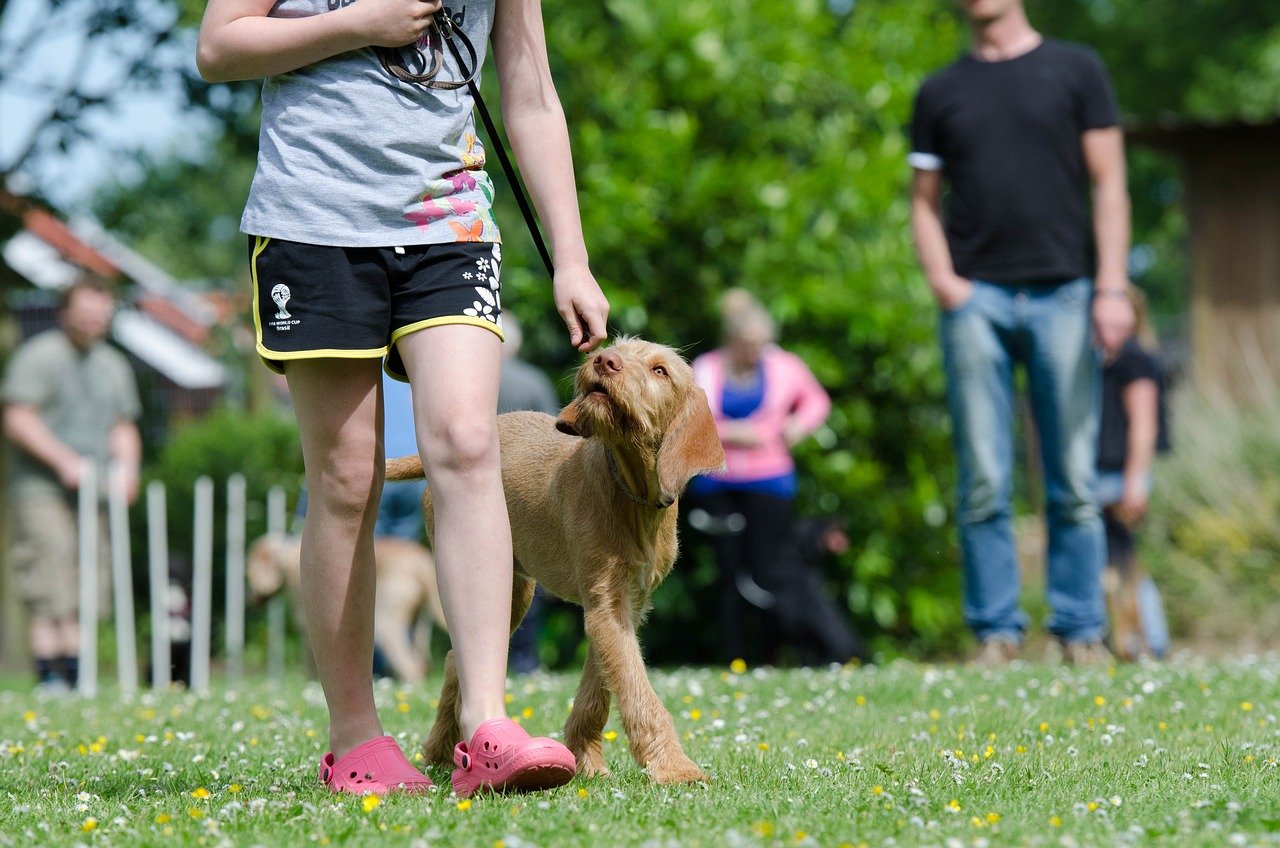
A dog’s temperament can make training either a breeze or a challenge. Outgoing breeds are often eager to learn and please, picking up new commands quickly. More independent or cautious breeds may require patience, consistency, and gentle encouragement. Tailoring training methods to suit a dog’s personality builds trust and strengthens the human-canine bond. Positive reinforcement works well across all temperaments, fostering confidence and better social behavior. With understanding and commitment, even the shyest or most stubborn dog can become a well-mannered, sociable member of the family.






